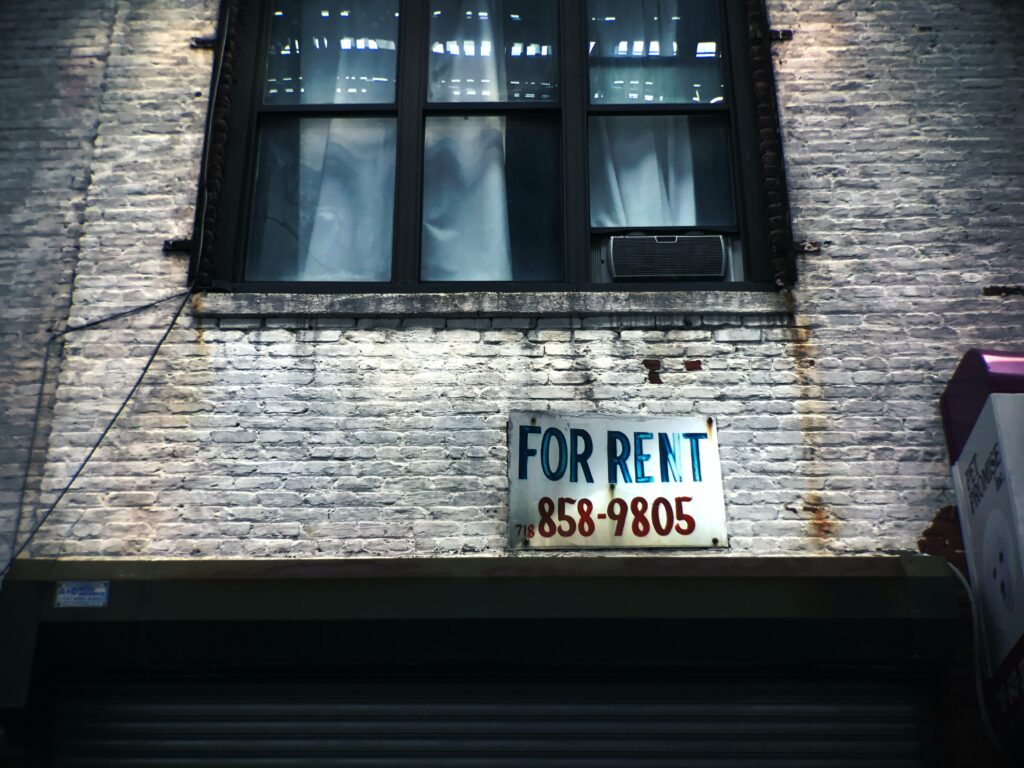
5 Tenant Red Flags for Landlords
Nov 19, 2021
It can be difficult to know who will be a good tenant and who will cause trouble. Luckily, landlord resources (including vetting tools) are becoming more and more reliable as time goes on. Even with comprehensive rental applications and information verification, however, sometimes bad apples slip through. We’ve established a handful of strategies for removing bad tenants, but what if you already have one? How can you tell before it’s too late? While it may become painfully obvious in time, catching issues early can save you a lot of headache. With that in mind, here are five tenant red flags for landlords to catch in the early days, hopefully before a renter becomes a genuine problem.
Which tenant red flags should landlords watch out for? A few big ones include hoarding, neglectful pet keeping, unreported property damage, noise complaints, and exterior neglect. If you can catch these signs early, a simple conversation to reset expectations may be all you need. Direct communication could save you from having to escalate the situation.

Table of Contents
5 Red Flags for Landlords
Hoarding
While hoarding often shows up inside a home, extreme and excessive lawn art may betray the tendency. You may also be able to see boxes or other junk piled up through the windows. Because we buy rental properties even when tenants are still living there, we’ve seen our fair share of hoarding. Believe it or not, we’ve purchased homes that required as many as 15 dumpsters to clear out in the end.
Compassion and kindness will almost certainly get you further here than being brash and aggressive. Hoarding is a legitimate psychological disorder, and as with with any illness, shaming the individual is not an effective way of resolving the situation. In fact, it’s more likely to fray or sever lines of communication going forward — putting both parties in a worse position than they were before the confrontation.
Neglectful Pet Keeping
There are few things more frustrating than someone who doesn’t clean up after an animal. Of course, actual neglect of a pet is a whole other reportable offense — hurting an animal obviously rises to another level — but if your rental unit’s yard (or worse the interior) is littered with feces or unpleasant pet odors, this is a tenant red flag for sure.
We’ve definitely seen this as well inside homes we’ve renovated. Between wild animals and waste that was never cleaned up, we know EXACTLY how bad it can get when animals are left unattended. Since the Upward Homes buying process involves rebuilding homes from the ground up, discovering this type of situation isn’t the end of the world for us. But it’s definitely a source of stress and frustration for landlords, and we totally get that.
Unreported Property Damage
If you find out about damage before a renter has made any attempt to fix it or inform you, that’s typically not great. Keep in mind that there may be other damage you haven’t found yet. We once purchased a home to renovate that had legitimate fire damage in it — one can only imagine the stories a rental property interior could tell!


Noise Complaints
The good news about noise complaints is that there’s no actual property damage (of course, out-of-control parties can certainly lead to that too, but this is a separate issue). Consistent disregard for neighbors is a nuisance at best and can produce real issues for a landlord at worst. That said, if a standalone unit that’s fairly removed from other buildings is blasting music, a conversation may easily solve the situation. Chances are the tenant simply isn’t aware of how far the noise is traveling.
When complaints go unheeded, however, there is nothing more frustrating in the world for those in the neighborhood (god forbid they share a wall). You may start to have problems with people in the area, including your other renters who may not want to deal with the situation either. It’s not hard to imagine a consistent noise disturbance could lead to a good renter deciding it’s not worth sticking around.
Exterior Neglect
If mowing or any other exterior upkeep is expected, you should definitely make that clear in the rental application and contract. Beyond that, if the front lawn regularly looks like a frat house the morning after a party, you may want to have a conversation with the tenant. This is a tenant red flag that can affect curb appeal big time, causing less interest in the unit and any others surrounding it.

Selling a Rental Property
We wrote a piece on selling rental properties and how to avoid capital gains taxes a while back. The short version is that there can be a bit of headache involved with taxes when you sell a rental the traditional way. If, on top of that, you’re experiencing some of these tenant red flags with existing renters who won’t leave, you may feel trapped.
One of the perks of selling to a local renovation team is that we assume all of the headache (tenants, taxes, closing costs, renovations, etc.) — our sellers don’t pay a dime for anything.
So if these red flags for landlords are sounding a little too familiar and you wish you could just be out of the situation, we recommend looking into your selling options. Listing on the market isn’t for everyone and it isn’t for every property. If yours still has tenants, for instance, a direct home buyer may be a better choice. There’s really no nightmare scenario that scares us off, because we generally plan on gutting and redoing the homes we buy anyway.
Best of luck however you choose to approach with your tenant red flags! It’s definitely a frustrating part of landlord life, and we wish you an easy resolution. Give us a call any time or find us on Facebook to let us know which tenant red flags YOU’VE seen and how you are dealing/dealt with them.
More Articles

Maximizing Your Home’s Value: Selling an Old House Without Renovations
Mar 28, 2023

Maximize Your Savings: 5 Tax Benefits of Owning a Home
Mar 21, 2023

Unlocking the Real Estate Market: The Impact of Location on Property Value
Mar 14, 2023
